Hine Shrine
The main deities of Hine Shrine are Ugaya Fukiaezu no Mikoto, the father of Emperor Jimmu, Japan’s first emperor, and his mother, Tamayori-hime no Mikoto.
Enshrined Deities:The main deities enshrined at Hine Shrine are Ugaya Fukiaezu no Mikoto, the father of Emperor Jimmu, and Tamayori-hime no Mikoto, his mother.
Hine Shrine: Known for the “Makura Festival” and Its Blessings for Sleep and Fertility
Hine Shrine, one of the five major shrines in the Izumi region, is a significant cultural site featured in Japan Heritage. It is closely linked to Emperor Jimmu and is famous for its “Makura Festival,” a spring tradition with over 1,300 years of history. The festival began when a married woman in the Edo period, praying for a child, dedicated a pillow to the shrine. Her wish was granted, and the ritual became a tradition for fertility and safe childbirth. Over time, the shrine has also become a place of prayer for peaceful sleep, attracting visitors seeking relief from insomnia. The shrine also holds the “Yu Festival” in summer, giving thanks and praying for good health. In the spring, Oizeki Park, adjacent to the shrine, is a popular spot for cherry blossom viewing.
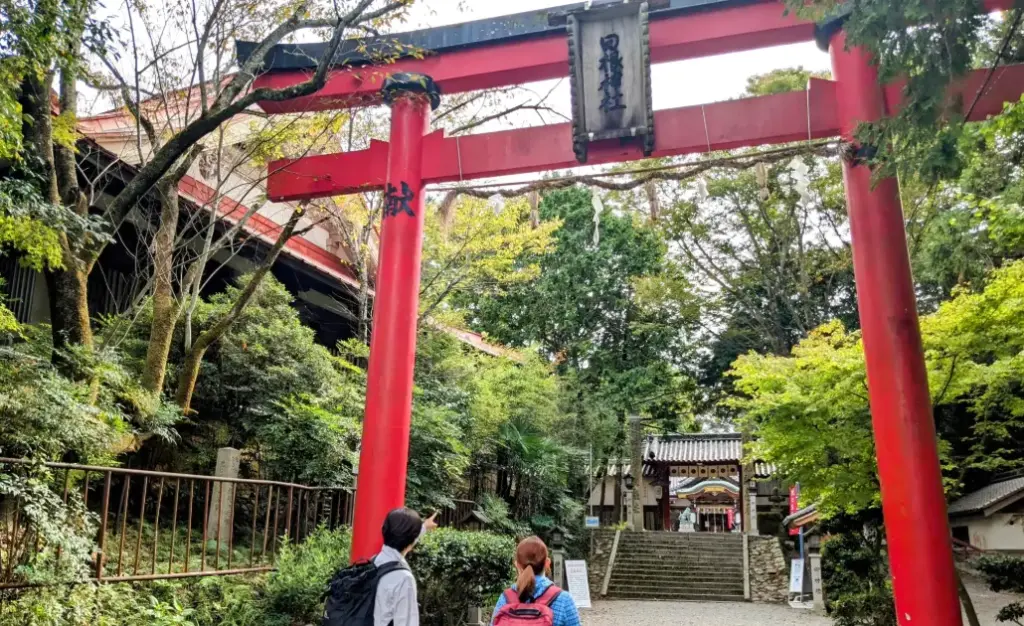
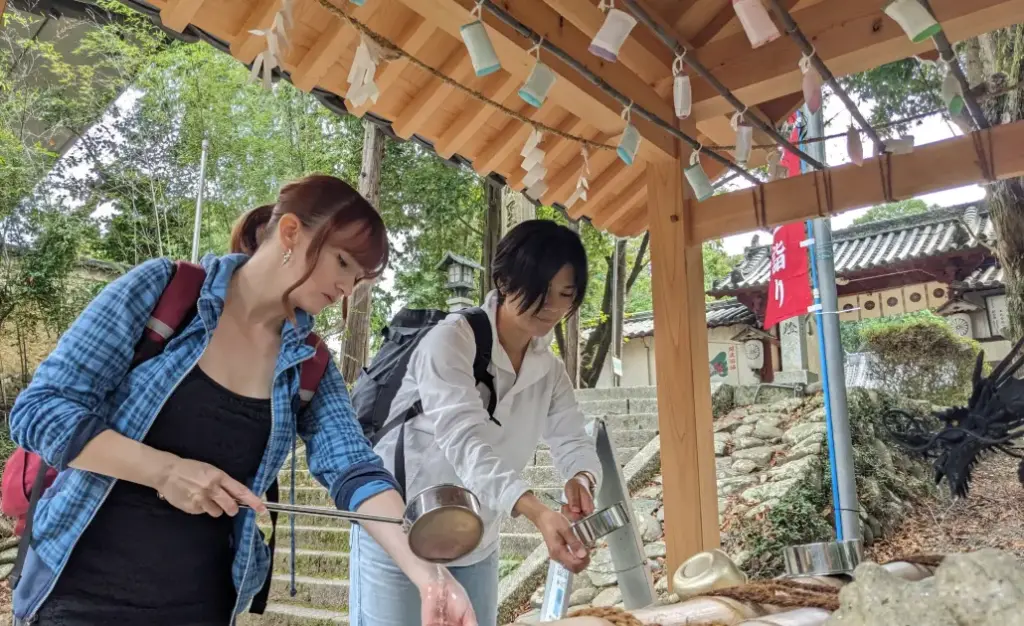
📌 Basic Information
📍Hine Shrine
📍 日根神社
| 📅 Reservation | Not required |
| 📞 Phone | 072-467-1162(Japanese Only) |
| 🏠 Address | 631 Hineno, Izumisano City, Osaka, Japan |
| 🚉 Access | From Nankai Main Line Izumisano Station or JR Hanwa Line Hineno Station, take the Nankai Bus bound for Inunaki-san and get off at Higashikami (Tōjō) bus stop. The shrine is just a short walk from there. |
| 🚗 Parking | Free dedicated parking available. |
| 🕒 Visiting Hours | The shrine grounds are open for worship at any time. The offering hall (Juyosho) is open from 9:00 AM to 4:00 PM but may be unattended at times. |
| 💴 Admission Fee | Free (Donations are appreciated). |
| 🙏 Main Blessings | Matchmaking Conception & Safe Childbirth Child-rearing Peaceful Sleep Health & Beauty Love & Romance Japanese Poetry (Waka) |
| 💳 Payment Methods | Cash (Japanese yen) |
🔗 Official Website:https://hine-jinja.jp/
ℹ️ Detailed Information
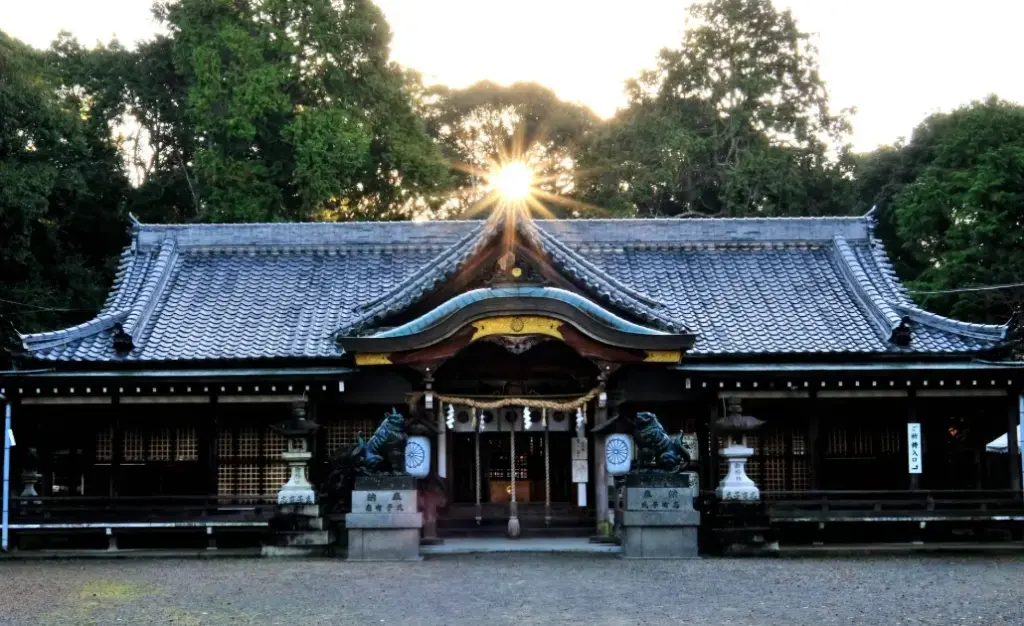
✅ Winter Solstice Phenomenon
On the day of the winter solstice, the sun rises directly above the main hall of Hine Shrine. The name “Hine” is derived from the belief that the shrine is located at the boundary between “Hi no Kuni” (Land of the Sun, ruled by Amaterasu Omikami, the Sun Goddess) and “Ne no Kuni” (the afterlife in Shinto belief). This sacred location is the reason why the surrounding area was later named “Hineno.”
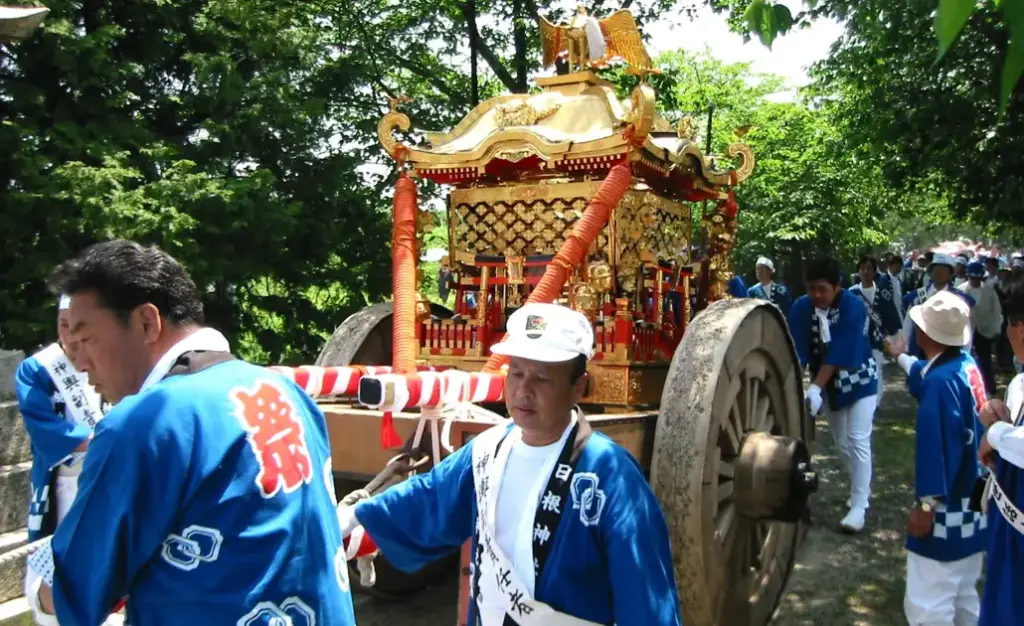
✅Spring Festival – Makura Festival
📅 Date: Annually on May 4 & 5
Three decorated banners, adorned with colorful pillows, are paraded through the area, continuing a tradition that dates back over 1,300 years. The Makura Festival is dedicated to fertility, safe childbirth, and peaceful sleep. It originated from a village woman in the Edo period who prayed for a child and dedicated a pillow to the shrine. This practice became a tradition for those seeking blessings related to family and health.
https://visitizumisanojpn.com/en/pillow-festival-makura-festival-at-hine-shrine/
✅ Summer Festival – Yu Festival
📅 Date: Third Saturday of July (Night Festival)
A central tower (Yagura) is erected in the shrine grounds, and visitors gather to dance around it to the traditional Gosha Ondo folk song. The pathway leading to the shrine is lined with night market stalls, creating a lively and festive summer atmosphere. The Yu Festival celebrates good health, fertility, and protection from misfortune, and it has been cherished as a summer tradition for many years.
https://visitizumisanojpn.com/en/yumatsuri-2/
⭐ Highlights
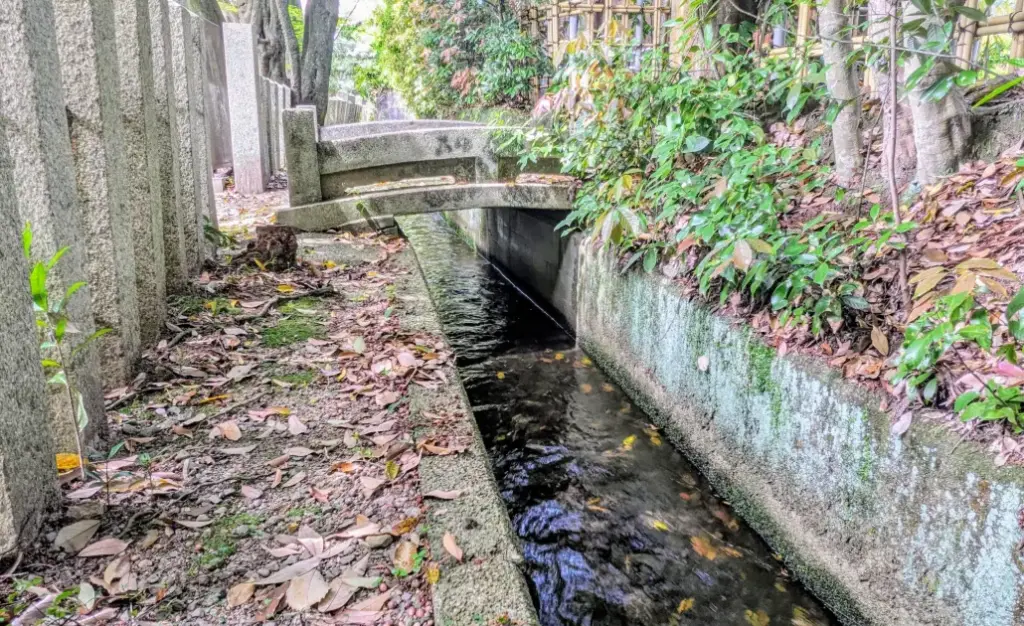
✅ Ikawa Irrigation System (Yukawa Yosui)
The Ikawa Irrigation System, which flows through the shrine grounds, was recognized as a World Irrigation Heritage Site in 2022 (Reiwa 4). This historical irrigation system, essential to the local agricultural development, has been carefully preserved for centuries. It represents the traditional ingenuity of Japanese water management and continues to be a vital resource for the region.
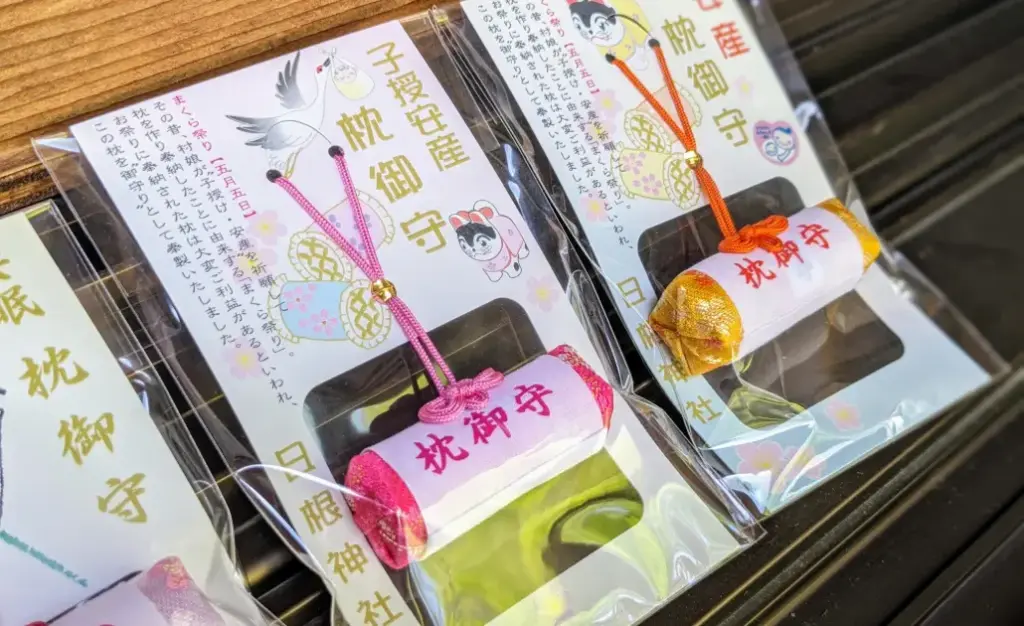
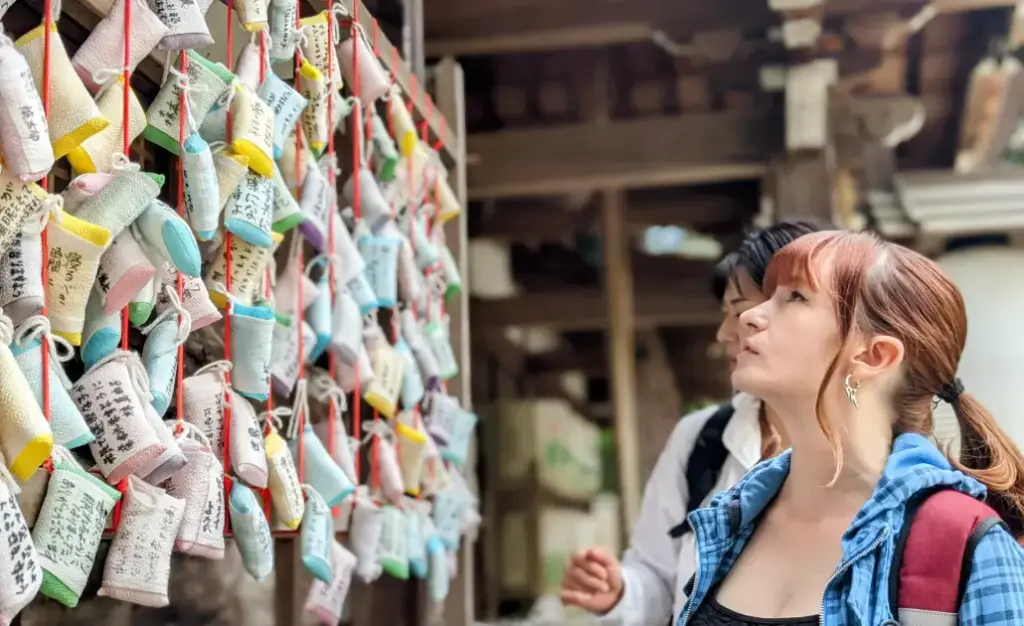
✅ Pillow-Shaped Amulet & Makura Ema
Visitors can write their wishes on a pillow-shaped “Ema” (wooden plaque) for 800 yen and dedicate it to the shrine, praying for peaceful sleep, fertility, and safe childbirth. Alternatively, they can purchase a pillow-shaped amulet for 1,000 yen, which they can carry with them for personal protection and well-being. Both items symbolize comfort and rest, reflecting the shrine’s focus on health and tranquility. While the “Ema” is meant to be offered to the shrine, the “Amulet” serves as a personal charm, allowing visitors to take the blessings with them.
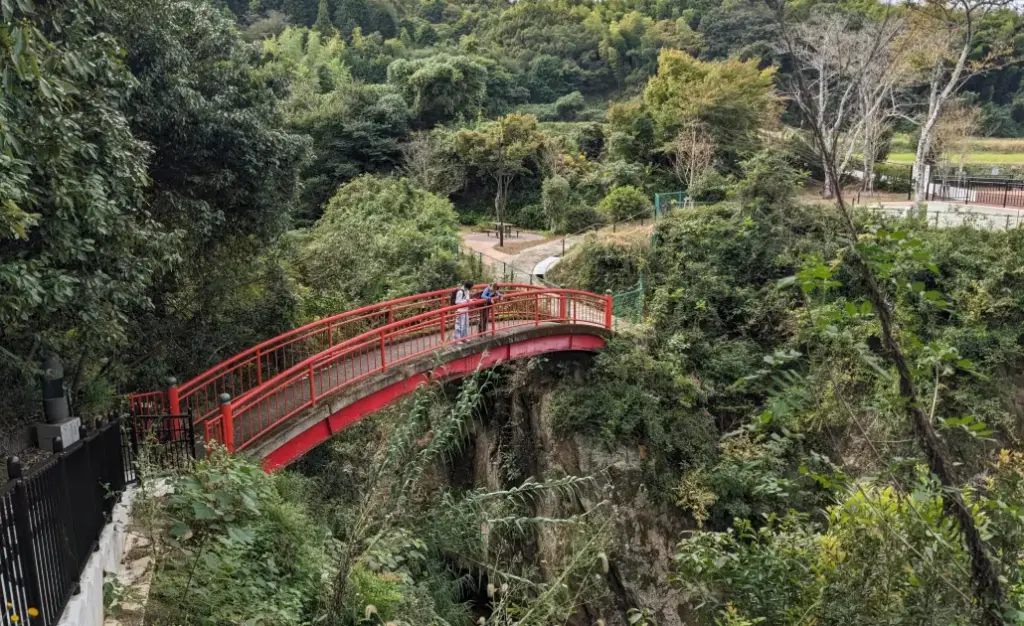
✅ Oizeki Park – Cherry Blossom Viewing Spot
Adjacent to the shrine, Oizeki Park is renowned for its breathtaking cherry blossoms that draw many visitors each spring. The park boasts a picturesque red bridge spanning a beautiful valley, offering stunning views that make it an ideal spot for photography.
📍Oizeki Park Basic Information
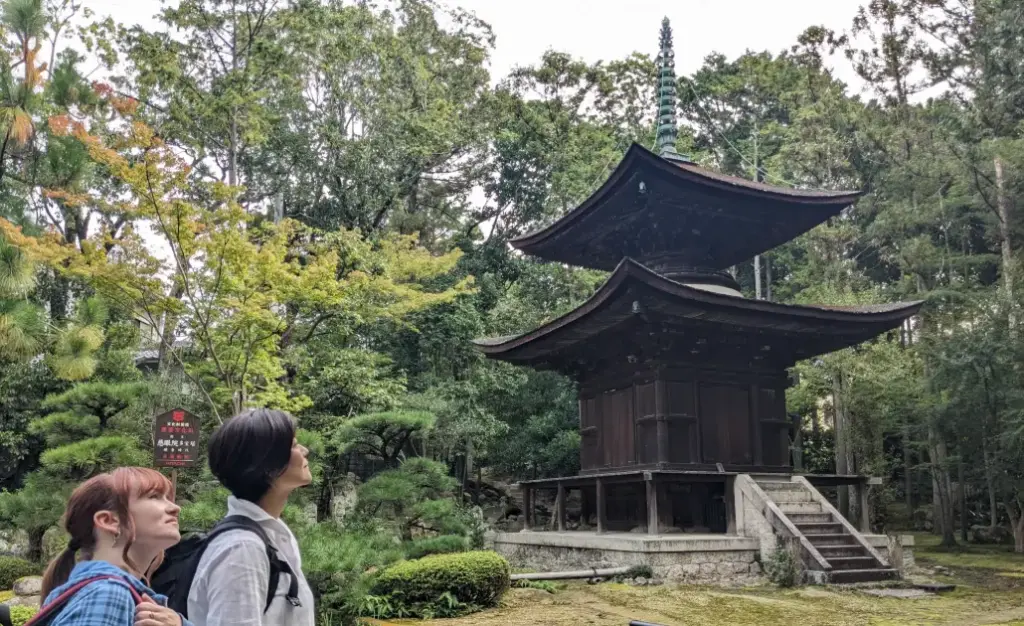
Jigenin Temple
Jigenin, located next to Hine Shrine, is a Buddhist temple belonging to the Omuro school of Shingon Buddhism. It once served as the jinguji temple for Hine Shrine. The temple grounds feature historical structures, including the Kondo (main hall), which is designated as an Important Cultural Property, and the Taho-to (pagoda), which is the only National Treasure of its kind in Hinode Shrine.
📌 Jinguji refers to Buddhist temples and halls built in Japan following the syncretism of Shinto and Buddhism, typically attached to shrines.
🏞️ Recommended Nearby Attractions
![]() Restaurants / Shrines and Temples / Accommodations, etc.
Restaurants / Shrines and Temples / Accommodations, etc.
⛩️How to Worship at Shrines and Temples
MAP


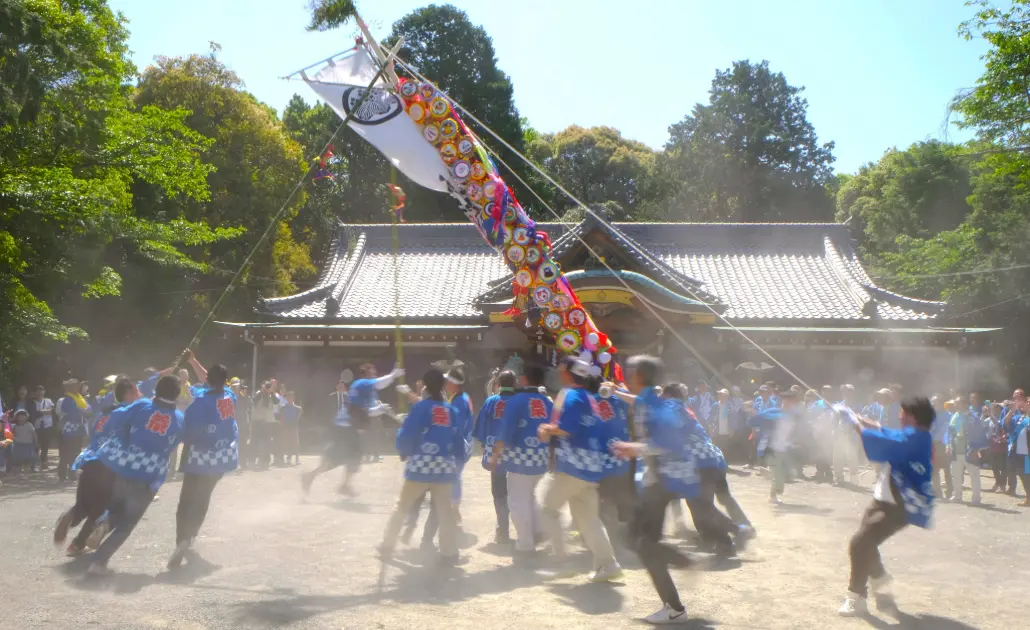
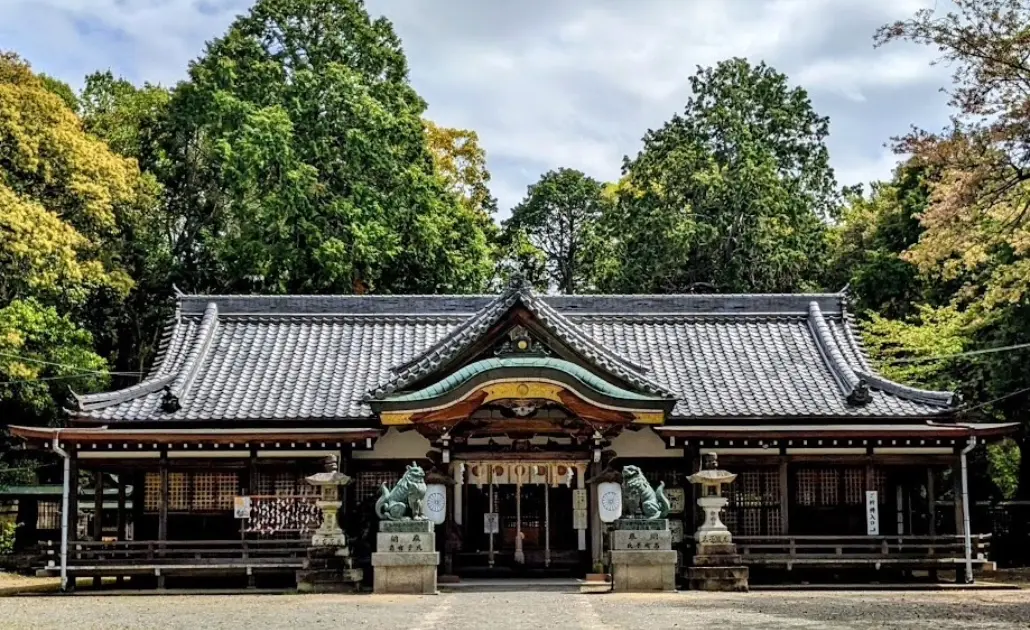
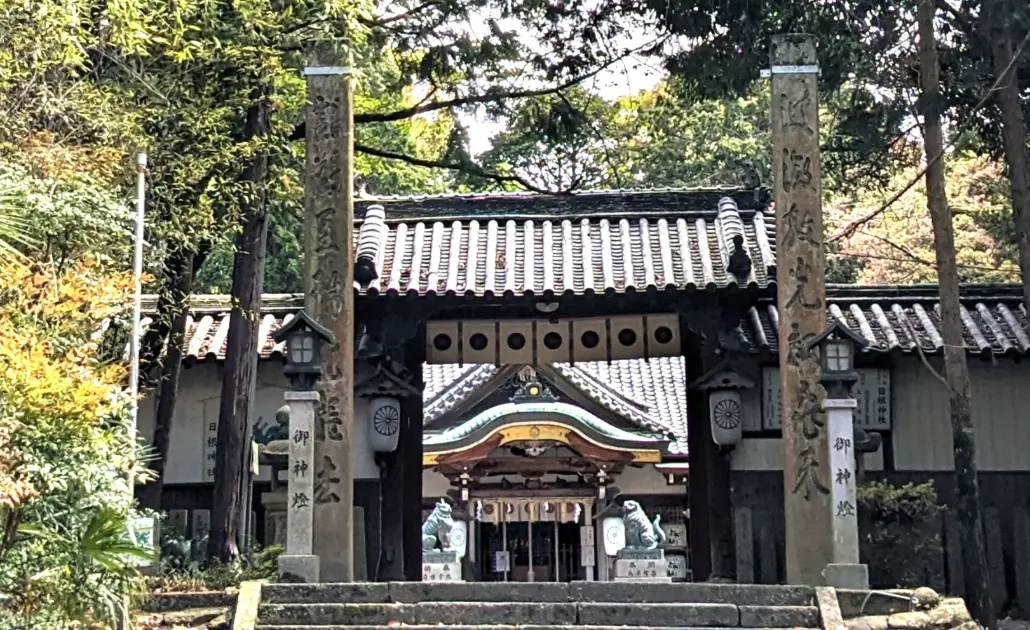
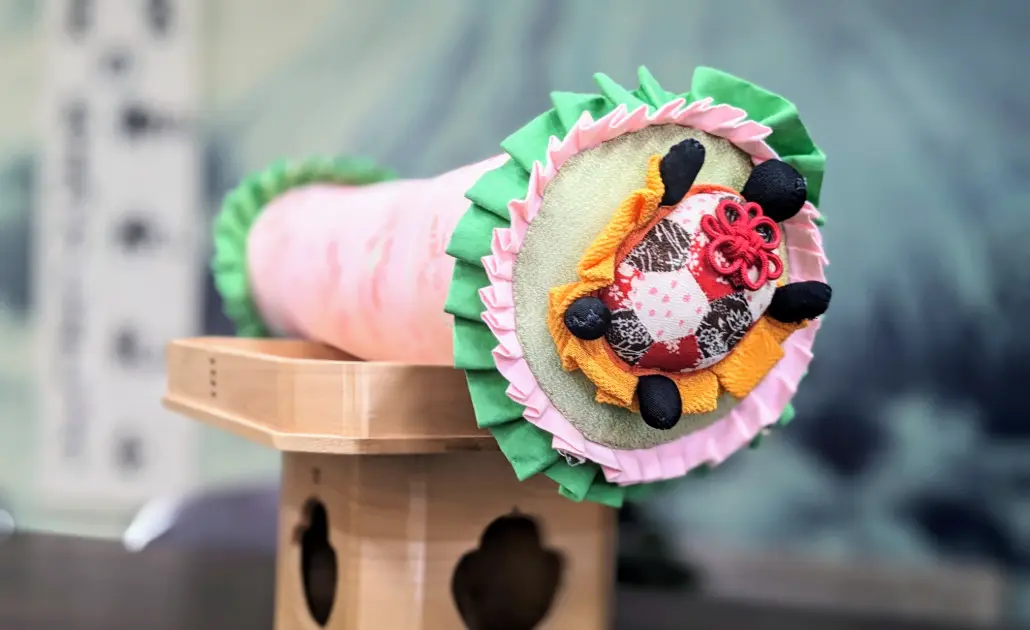
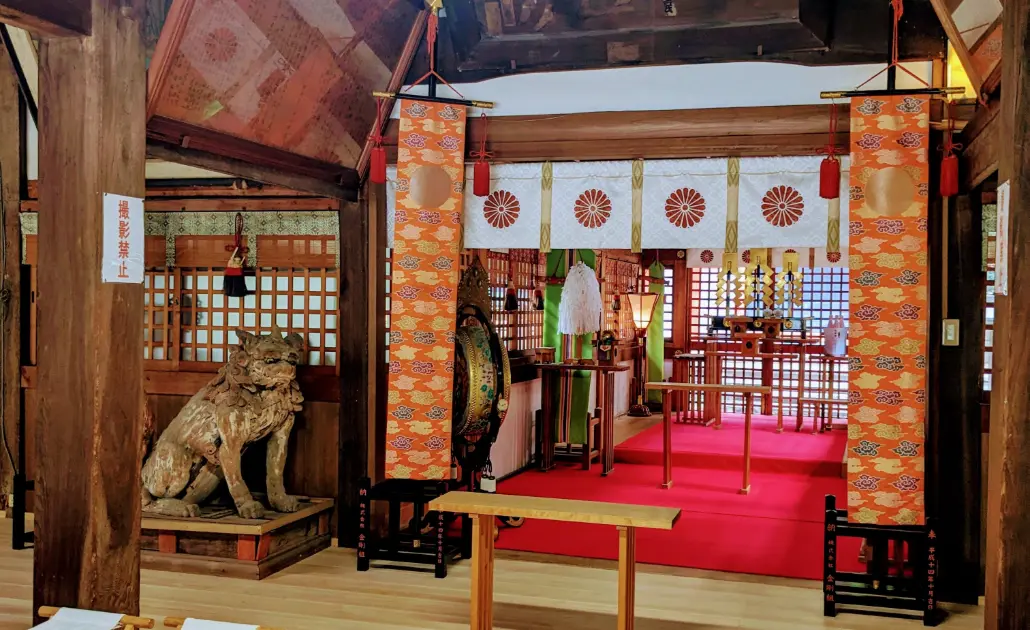
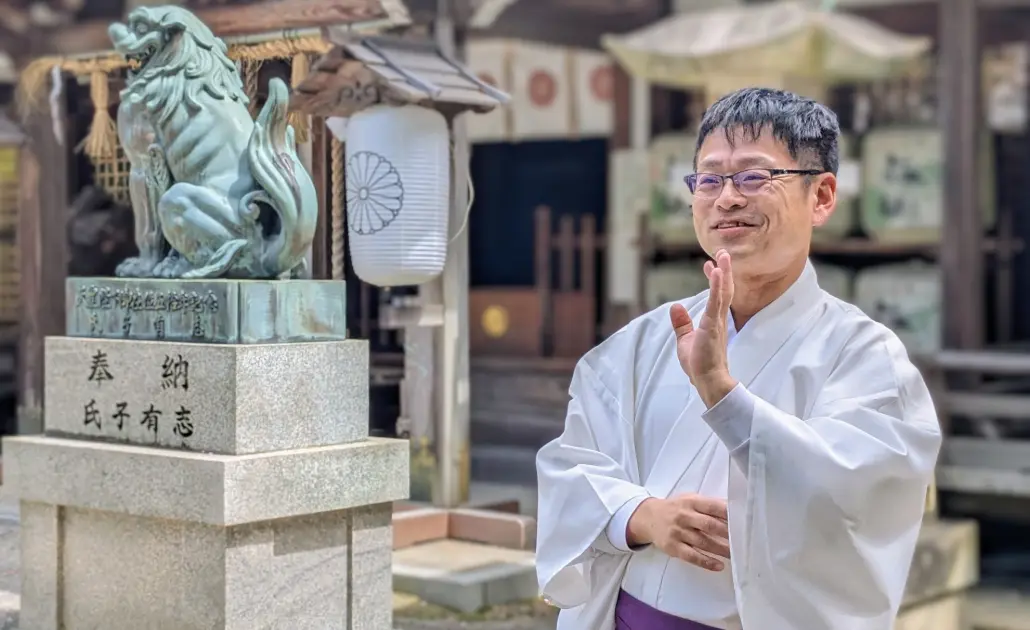
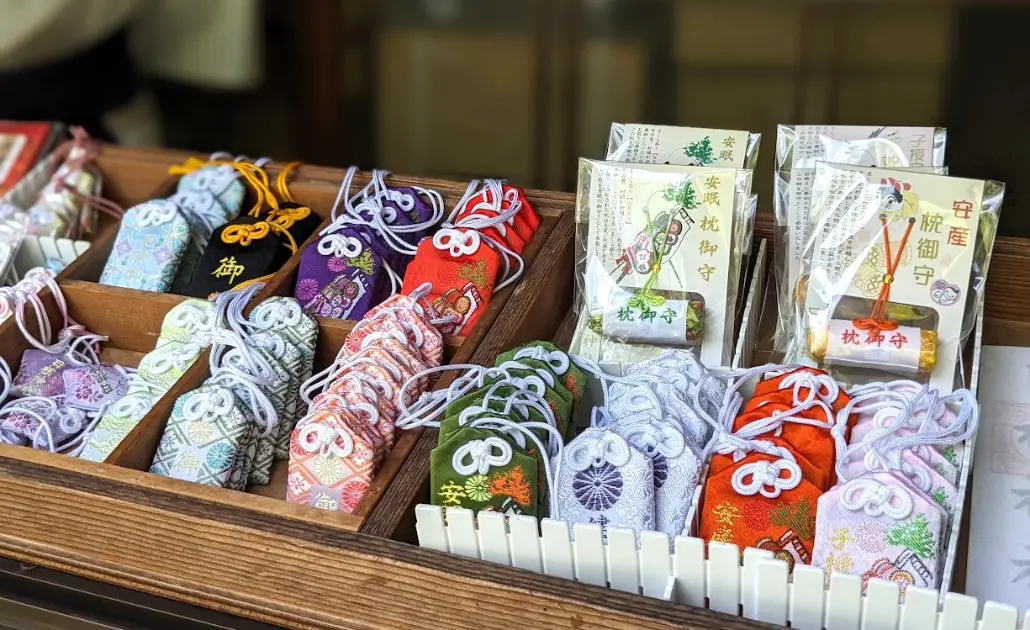


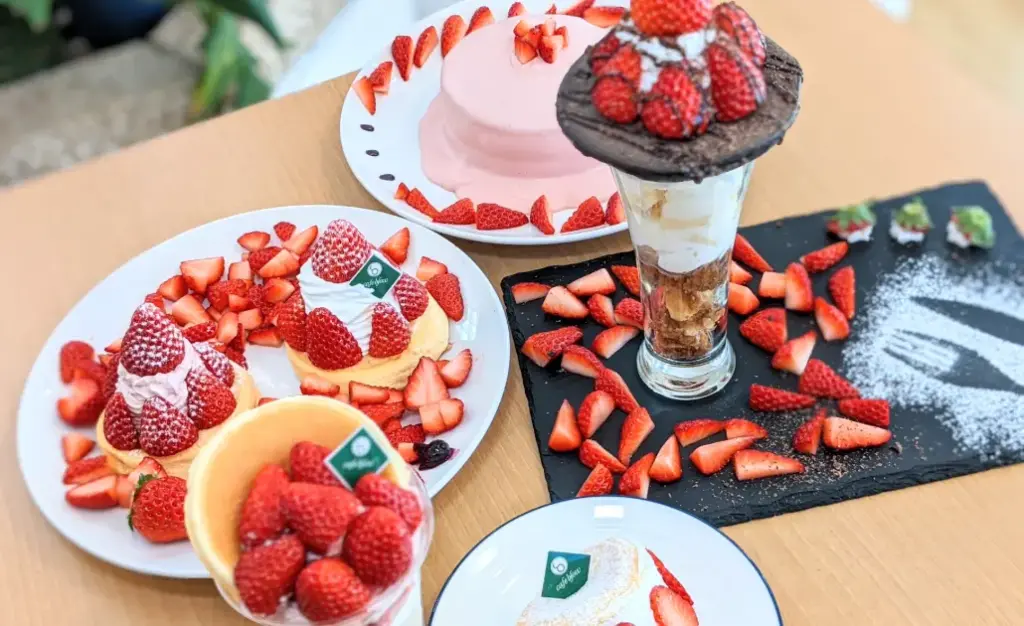
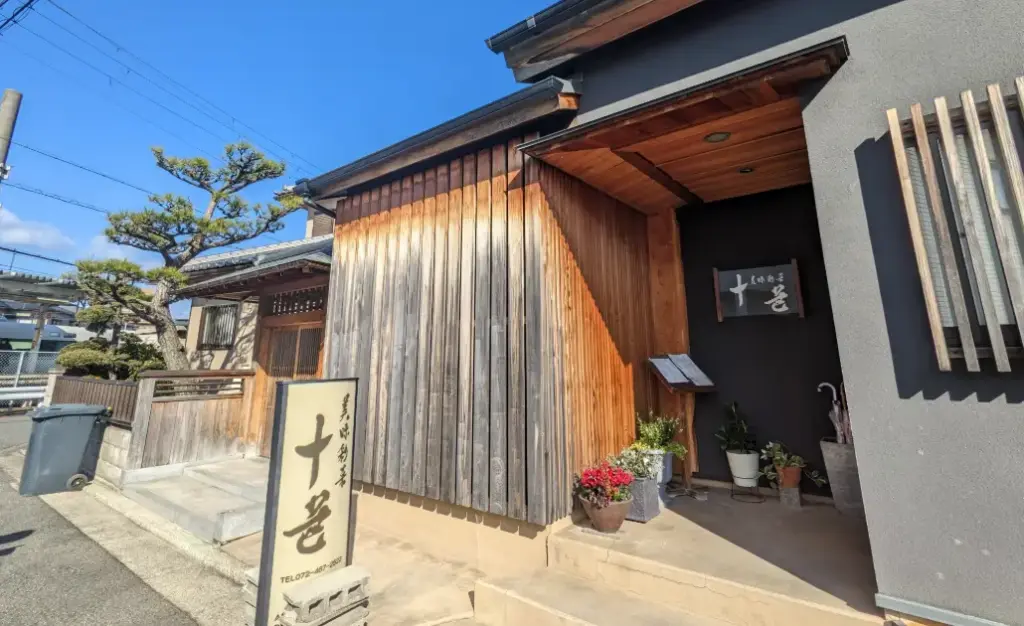
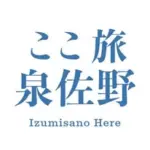

Comment